MTB Tyres for every Type of Terrain - Which MTB tyres are right for you? [Buyer’s Guide]
A good MTB tyre can make all the difference, whether you are cycling for fun in the woods, or in a race. Each mountain bike tyre is specially made for specific conditions. While one MTB tyre may be perfect for dry, sandy grounds, another may be a perfect match for the suction of mud. And then there are tyres that are suitable for various surfaces. But how do you know which tyre is best for which terrain? We’ll tell you in this mountain bike tyre buyer's guide.
First, we look at which MTB tyre is suitable for which surface. Then we will look at how an MTB tyre is constructed. Because it’s more than just rubber. The type of rubber, tubeless or not, and also the number of threads per inch (TPI) are all important aspects to consider.
Choose the right mountain bike tyre for the surface!
Once you've ridden your first mountain bike routes, it is time to decide which type of MTB tyre suits you best. The most important aspect is the surface on which you will be riding. This should ultimately determine which tyre you choose.
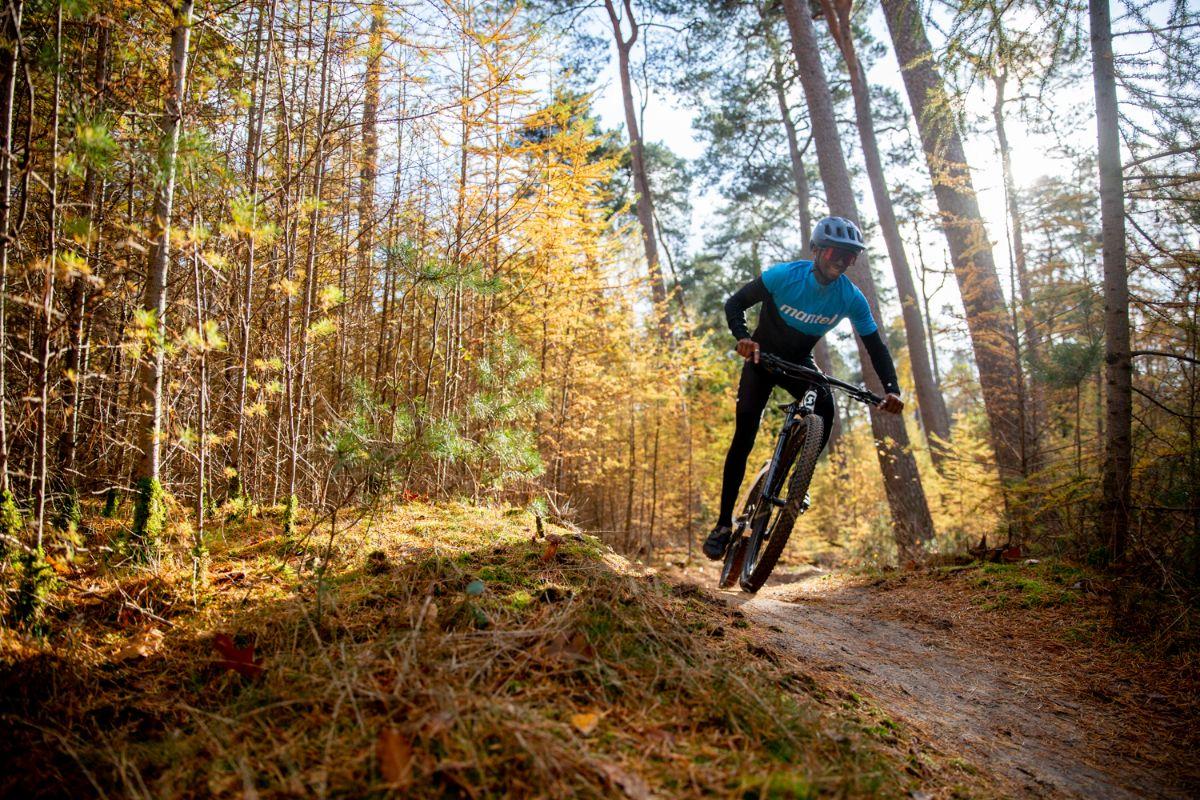
If you want an optimal combination of grip, low weight and low rolling resistance, you should consider fitting a different MTB tyre at the front and rear. Schwalbe has developed a specific MTB tyre combination for this purpose. The Racing Ray and Racing Ralph combination is now an integral part of the mountain bike circuit.
Why it is better to have a different front and rear tyre on a mountain bike
It is common to ride with different tyres at the front and rear on mountain bikes. There is a simple explanation for this. The front tyre is the tyre you use to steer, and therefore it needs extra grip. The rear tyre, on the other hand, is subjected to a completely different load because a large part of your weight is on it. This is why you want a rear tyre that rolls quickly but also has sufficient grip when braking.
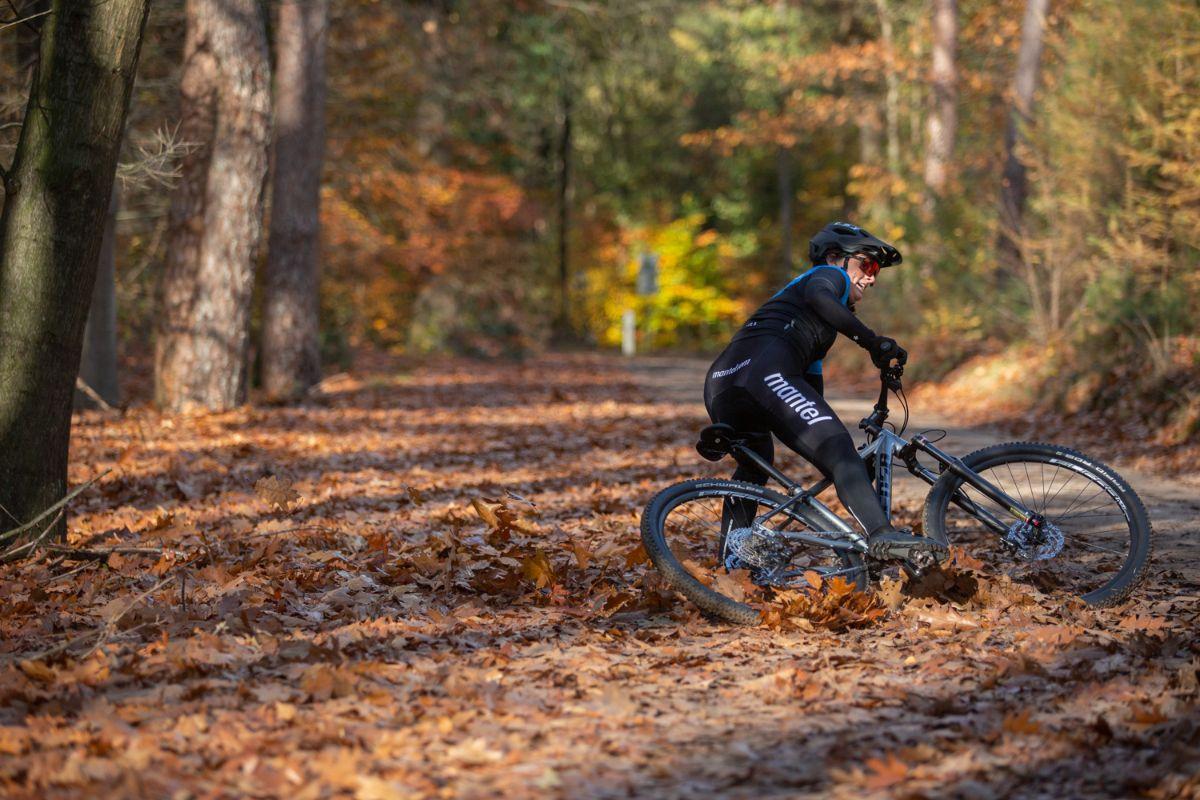
The choice of a certain MTB tyre combination also strongly depends on the type of surface you usually ride on. For example, one MTB tyre combination is perfect for dry forest ground, whereas another is more suitable for wetter conditions.
To provide some clarity on this topic, we have put together a list of the most popular MTB tyre combinations. This way, you'll know exactly which tyres you need for that ultimate ride!
MTB tyres for any day
Let's start with the all-round MTB tyres. These have knobs of varying height on the tread, which are relatively close together. The knobs on the side are slightly higher for more grip in the corners.
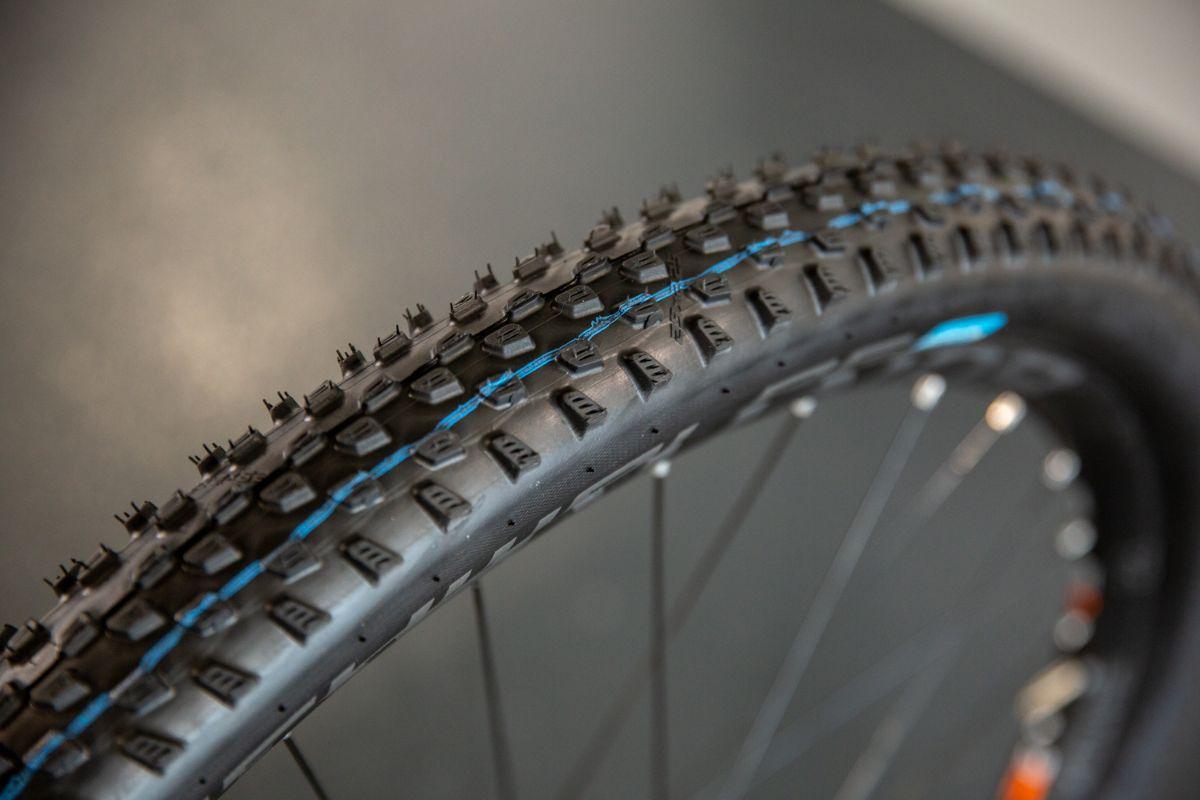
Although the weight and rolling resistance are relatively low, they still offer good grip. Do you regularly ride a MTB, regardless of the weather, and don't need to improve your PR every week? You'll probably be able to tackle the trails perfectly well with an all-round tyre.
Front Tyre
Rear Tyre
MTB tyres for dry forest ground
Semi-slick tyres are best for dry forest or sandy terrain. A semi-slick has almost no knobs or very short knobs on the tread. The sidewall of the MTB tyre has slightly higher knobs.
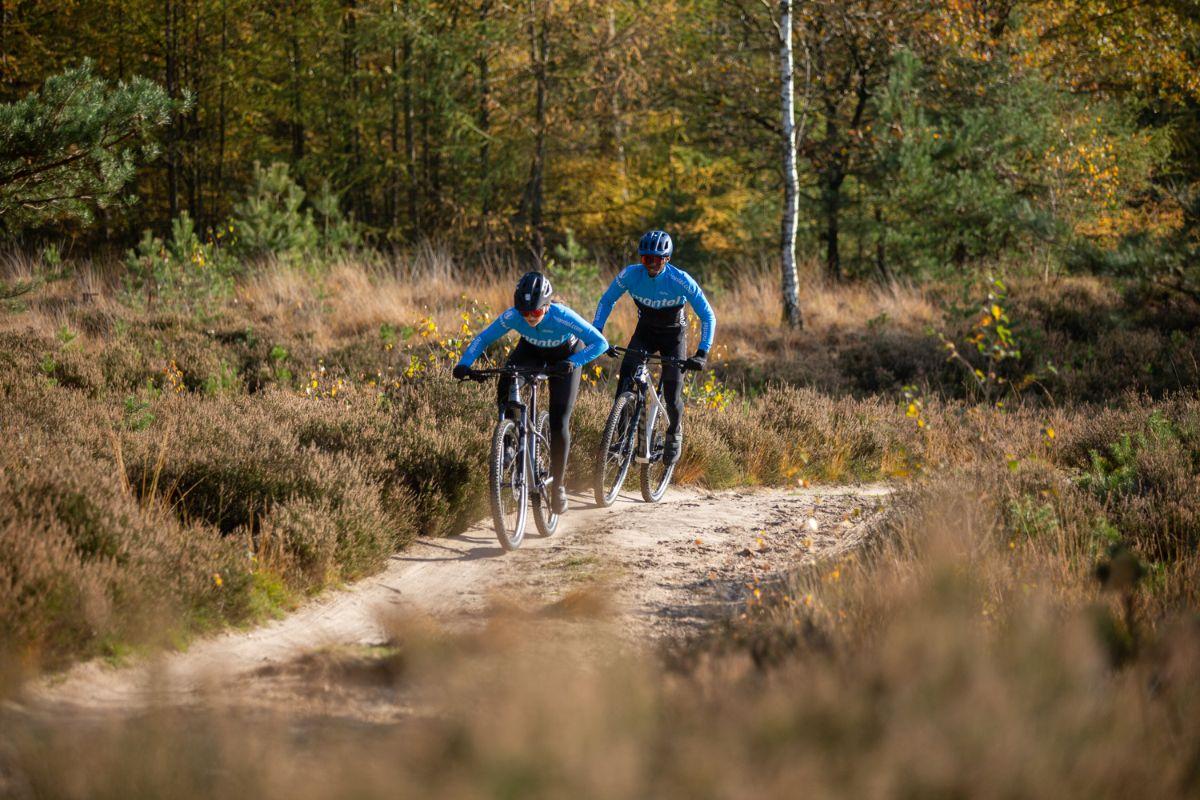
The rolling resistance on semi-slicks is very low. They do offer grip in the corners thanks to the knobs on the side of the tyre. Still, on wet surfaces, a tyre that is intended purely for dry forest ground may fall short.
However, there is enough room on the profile for mud to loosen up, which prevents mud from filling up the spaces between the knobs.
Front tyre
Rear tyre
MTB tyres for real mud
Real mud tyres are a bit narrower and have taller knobs with a relatively large space between them. The narrower tyre allows you to cut through the mud and grip the harder layer beneath.
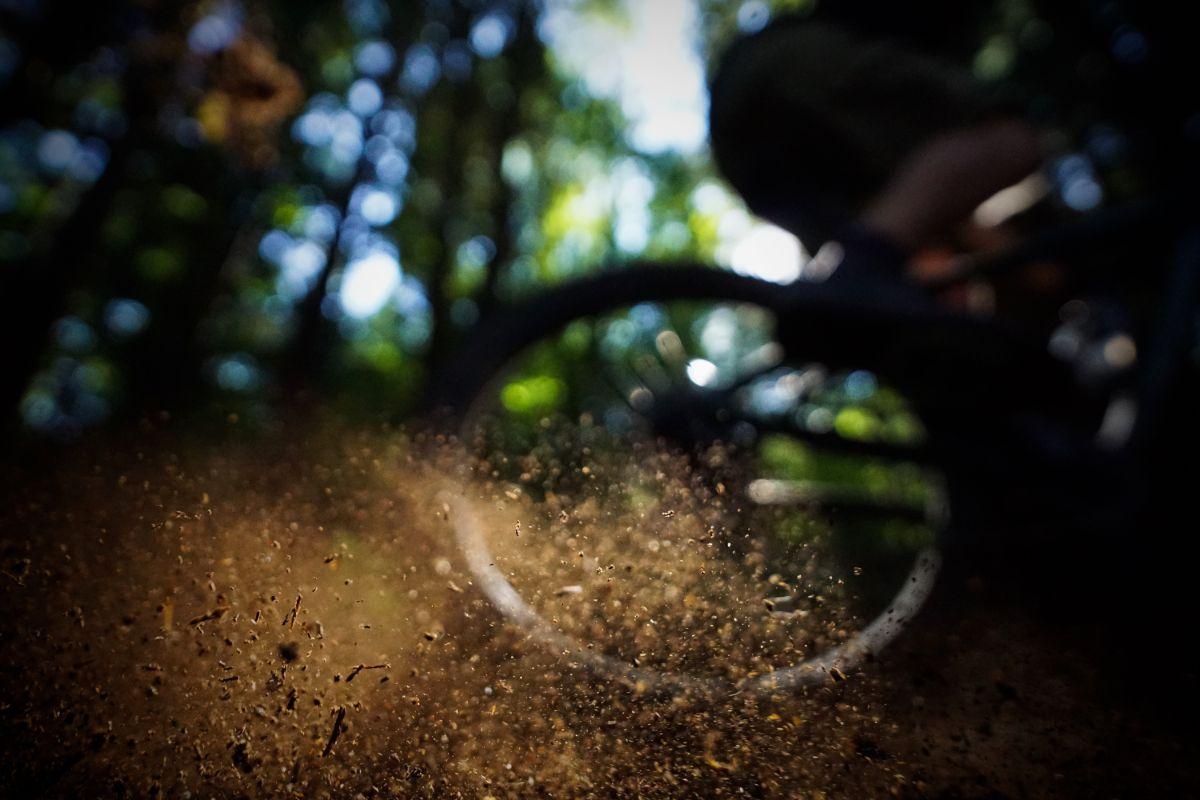
One downside to this is that the real mud tyres are not really suitable for riding with low tyre pressure. In addition, their rolling resistance is quite high and on dry hard ground they offer even less grip than other tyres.
Front tyre
Rear tyre
MTB tyres for rocky terrain
On rocky terrain and on tracks with lots of stones, a wide tyre with tall knobs is the best choice. The wide mountain bike tyre increases the contact area. The tall knobs provide good grip on loose stones and loose forest soil or mud.
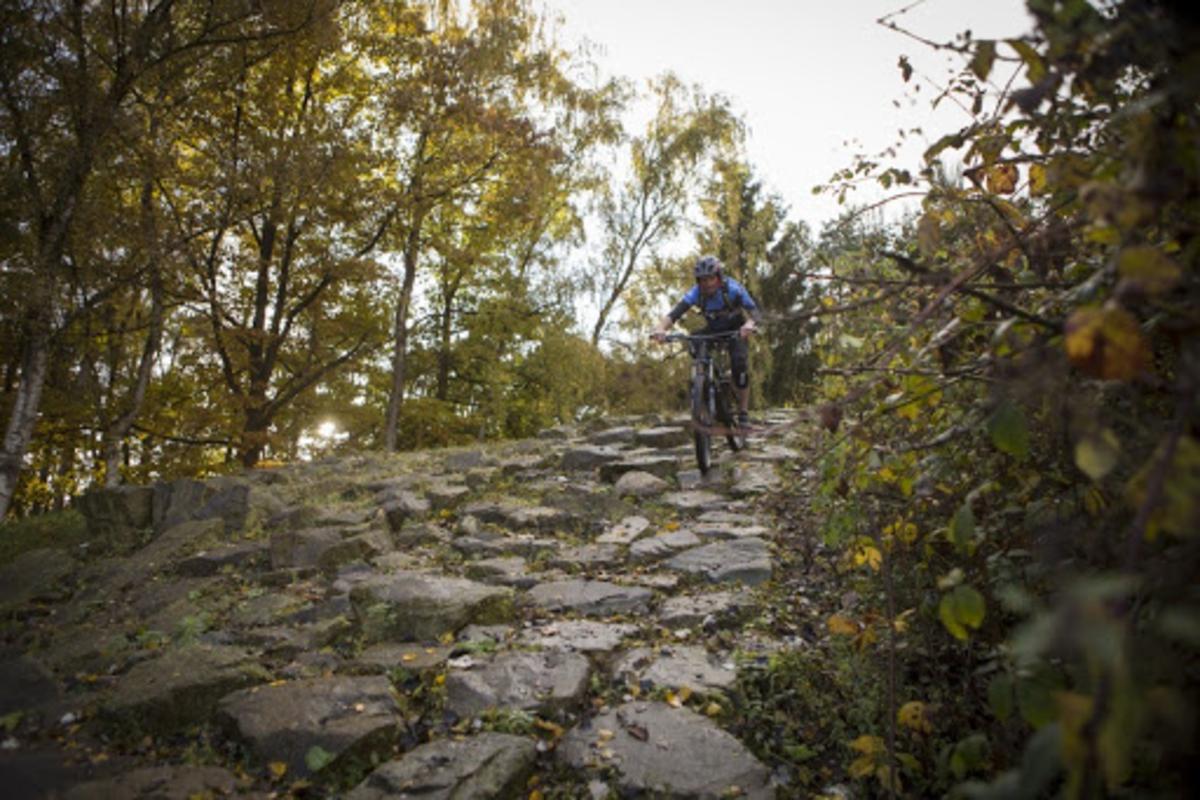
it is best to mount a tyre with large knobs.
Do you tend to ride on trails and tracks with (loose) stones a lot? If so, you should consider choosing an MTB tyre with reinforced sidewalls as well. Tyres with reinforced sidewalls have extra nylon woven into them to increase puncture resistance.
Front tyre
Rear tyre
MTB tyre combinations
If you’re a bit overwhelmed by all of these options, don’t worry. We have put the above MTB tyre combinations in a convenient table for you.
| Front Tyre | Rear Tyre | Surface | Advantages of this combination |
| Schwalbe Racing Ray | Schwalbe Racing Ralph | A versatile tyre combination that allows you to ride on wet or dry forest ground | Schwalbe designed this combo specially for cross country (XC) mountain biking. The aggressive tread pattern of the front tyre provides perfect handling. And the super-fast but extremely strong rear tyre provides speed while maintaining grip. |
Maxxis Ardent | Maxxis Ikon | A versatile tyre combination that allows you to ride on wet and dry forest ground | Nice combination of grip and low rolling resistance. Really an ideal all-round combination. The Ardent provides good grip and the Ikon has good clearance and does not retain mud. |
| Schwalbe Nobby Nic | Schwalbe Rocket Ron | The ultimate tyre combo for wet conditions | When the ground gets rougher or more slippery, you need more grip. The Rocket Ron tread on the rear is quite widely-spaced which allows the tyre to shed mud faster. The Nobby Nic in the front puts its teeth into everything it encounters. This gives you more than enough grip. You'll dive into corners with confidence, even on wet days! |
| Vittoria Mezcal G2 TLR | Vittoria Terreno G2 Skinwall | A fast combo for dry forest ground | The Vittoria Mezcal G2 TLR is faster than fast. The knobs are short and placed close together for ultimate speed. Combine this tyre with a Terreno G2 as a front tyre and you'll have plenty of grip with the open tread pattern. This is the ultimate tyre combination for the speed demon in the dry summer months. |
| Continental Cross King | Continental Race King | A very fast combination for dry forest ground | Super fast Continental combo.The Cross King has a fairly open tread which prevents the front tyre from filling up with mud quickly and maintains its grip. The Race King rolls extremely fast, but in wet conditions the tyre will reach its limit more quickly. This is why this tyre combination is ideal for the dry summer months. |
| Maxxis Minion DHF | Maxxis Minion DHR II | Suitable tyre combo for muddy and rocky surfaces | A nice combination of two tyres with visible differences. Due to its design the Minion DHR provides a lot of control when braking. The tall side knobs give great grip in the bends. The Minion DHF up front has a more open construction, which provides a consistent amount of grip in the corners. Wet or dry, this tyre's side knobs will get you through. |
The construction of an MTB tyre
A mountain bike tyre consists of many different components. The tread is the part of the tyre that makes contact with the ground. The sidewall is the side of the tyre. The casing consists of nylon, which is very specific for each tyre. A puncture-resistant layer can be incorporated into the casing. Below you can see how an MTB tyre is constructed.

Lastly, the bead is the part of the tyre that grips the rim of your mountain bike wheel. The bead can contain a solid and rigid steel wire, in which case we call it a wire bead tyre. A tyre with a bead that has several small threads of fibres is called a folding tyre. The advantage of a folding bead tyre over a wire bead tyre is its weight. A folding bead tyre is considerably lighter.
The rubber of an MTB tyre
Now that we know the overall composition of a mountain bike tyre, let's work from the outside in to highlight the importance of each layer.
We'll begin with the outside of the tyre. Then we'll look at the rubber, which is also called the compound by manufacturers. The compound determines the hardness of the rubber and with that, its susceptibility to wear.
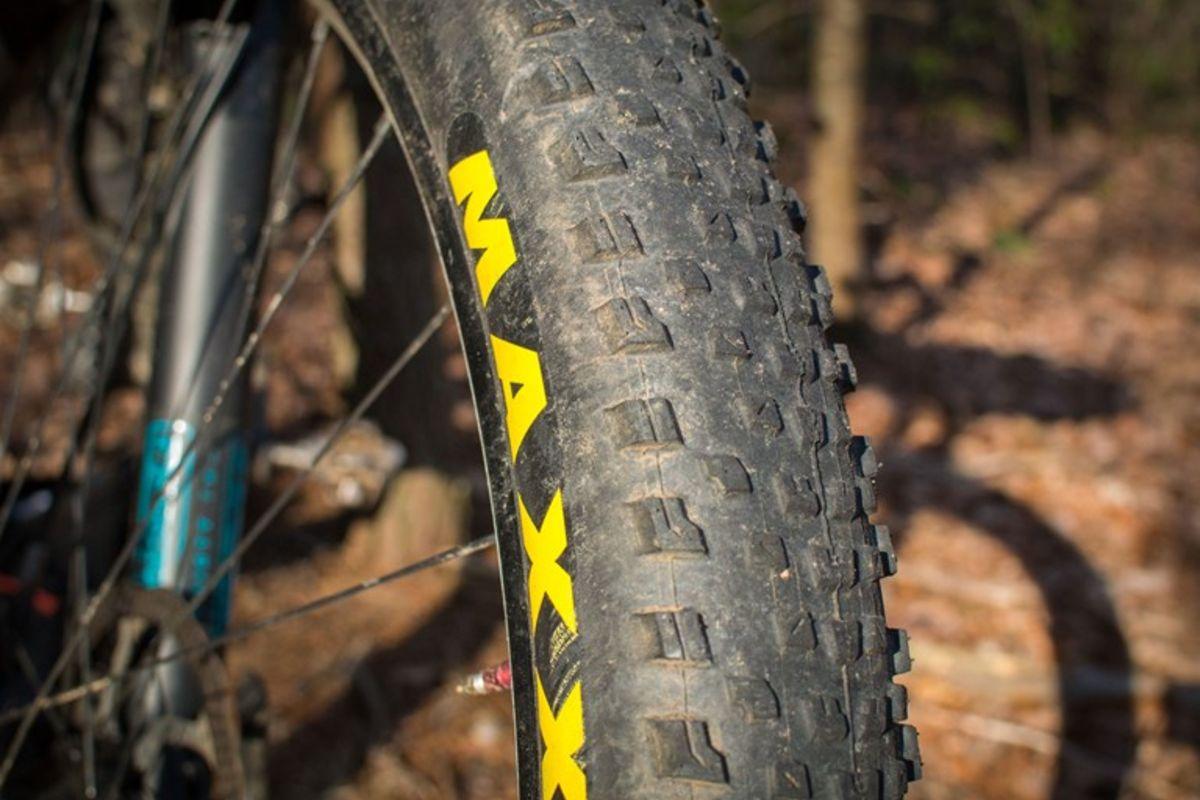
You could say that hard rubbers are less prone to wear and soft rubbers wear faster. And that is what makes it difficult to put together a good mountain bike tyre. A tyre with a lot of grip wears out quicker, but a tyre that is very wear-resistant has less grip.
Mountain bike tyre manufacturers came up with the solution of using different types of rubber on a tyre. It is common to use different rubbers on the tread itself. The outermost side knobs usually consist of a different rubber than the centre of the tread, for better cornering. The Addix compound is the latest high-tech rubber compound line from Schwalbe.
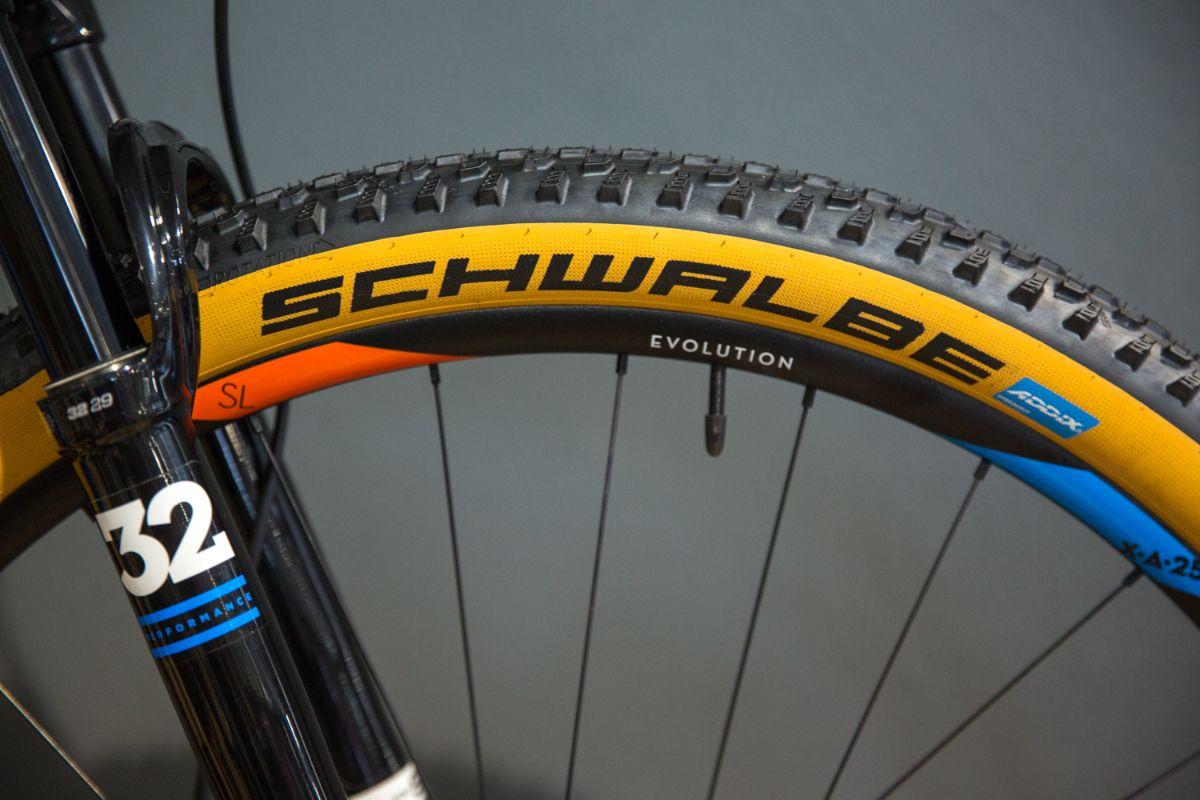
Some manufacturers even use 3 types of rubber in a single mountain bike tyre. The compound of a mountain bike tyre is often the result of a search for the ideal ratio between grip, suppleness, weight and rolling resistance.
Brands like Schwalbe, Maxxis and Continental have quite a few different compounds. Depending on the terrain for which a particular tyre is intended, a tyre will be made up of a carefully balanced combination of different types of rubber.
What is TPI?
Aside from the rubber, the carcass of your tyre is also essential for its properties. The carcass can consist of a single layer of nylon, cotton or aramid, or multiple layers on top of each other. If a tyre has extra puncture protection, this is often located between two layers of the carcass.
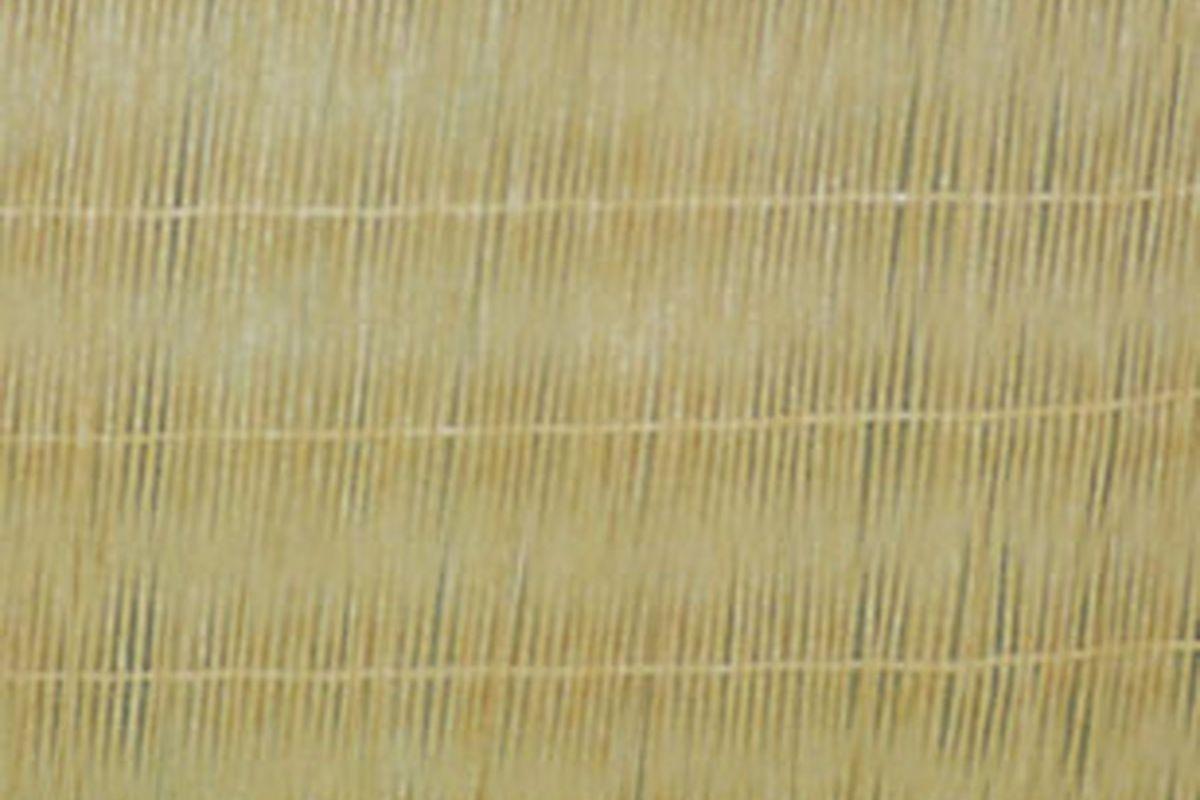
The quality of the carcass is measured in TPI. This means Threads Per Inch and represents the number of threads the carcass has per inch. The higher this number, the more flexible an MTB tyre is and the lower its rolling resistance.
Unfortunately, a high TPI also has disadvantages. The higher the TPI, the less puncture-resistant the tyre will be. To obtain a higher TPI, more, but thinner, nylon threads are used, which are less resistant to sharp objects. In addition, tyres with high TPI have less room for puncture-resistant rubber between the nylon threads.
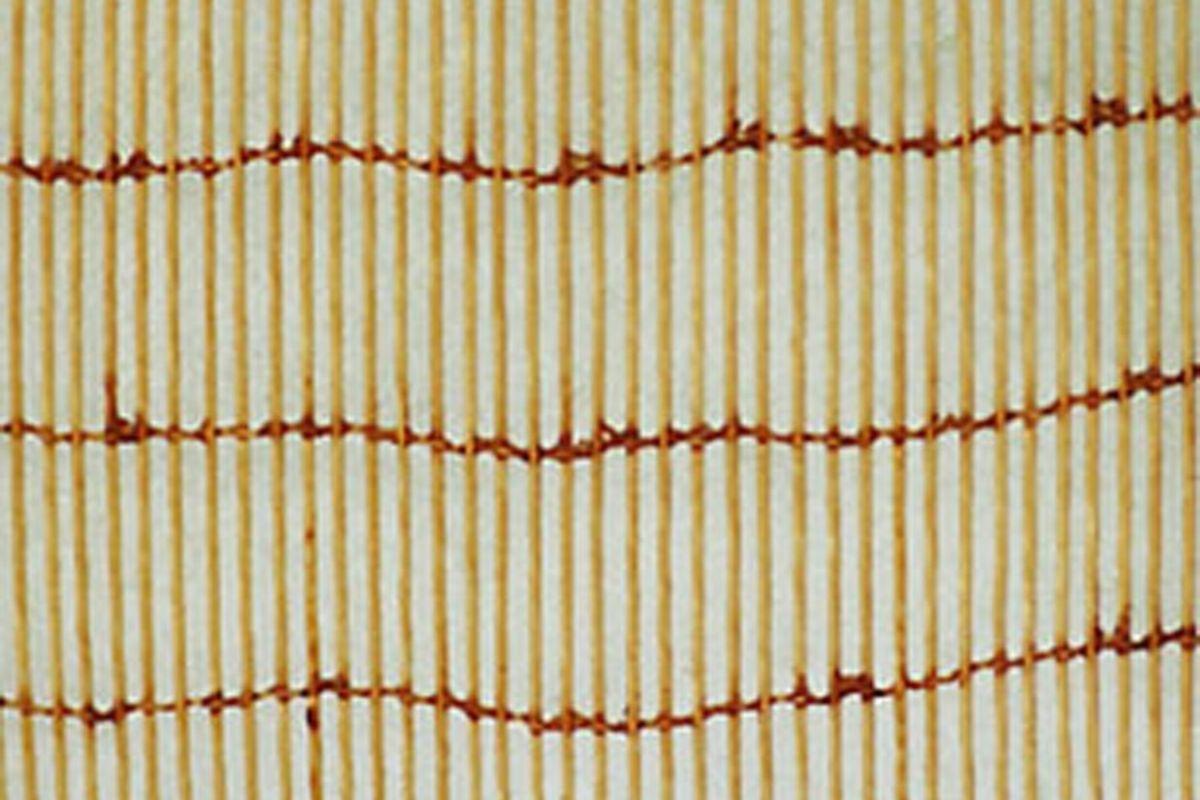
It is commonly said that tyres with a TPI of less than 60 are not good mountain bike tyres. But this may be a bit short-sighted. Many great downhill mountain bike tyres also have a relatively low TPI. The rolling resistance of these tyres is relatively high and they are quite stiff.
A tyre with a TPI between 60 and 90 is considered a good all-round MTB tyre. The puncture resistance on a tyre like this is often good, and the rolling resistance is acceptable. It is the ideal tyre for most mountain bikers. For competitive riders or amateurs, a TPI of over 90 and even well above is an option. In such cases, performance is more important than durability.
The benefits of riding tubeless
Now that you know how a mountain bike tyre is constructed, you still have a choice to make. Will you go tubeless or not? Will you choose a folding bead tyre or a wire bead tyre?
We'll begin by choosing between a folding bead tyre and a wire bead tyre. The folding tyre is often more flexible and has a lower rolling resistance. These tyres are a bit more expensive to make because the bead has flexible thin wires that reinforce it.
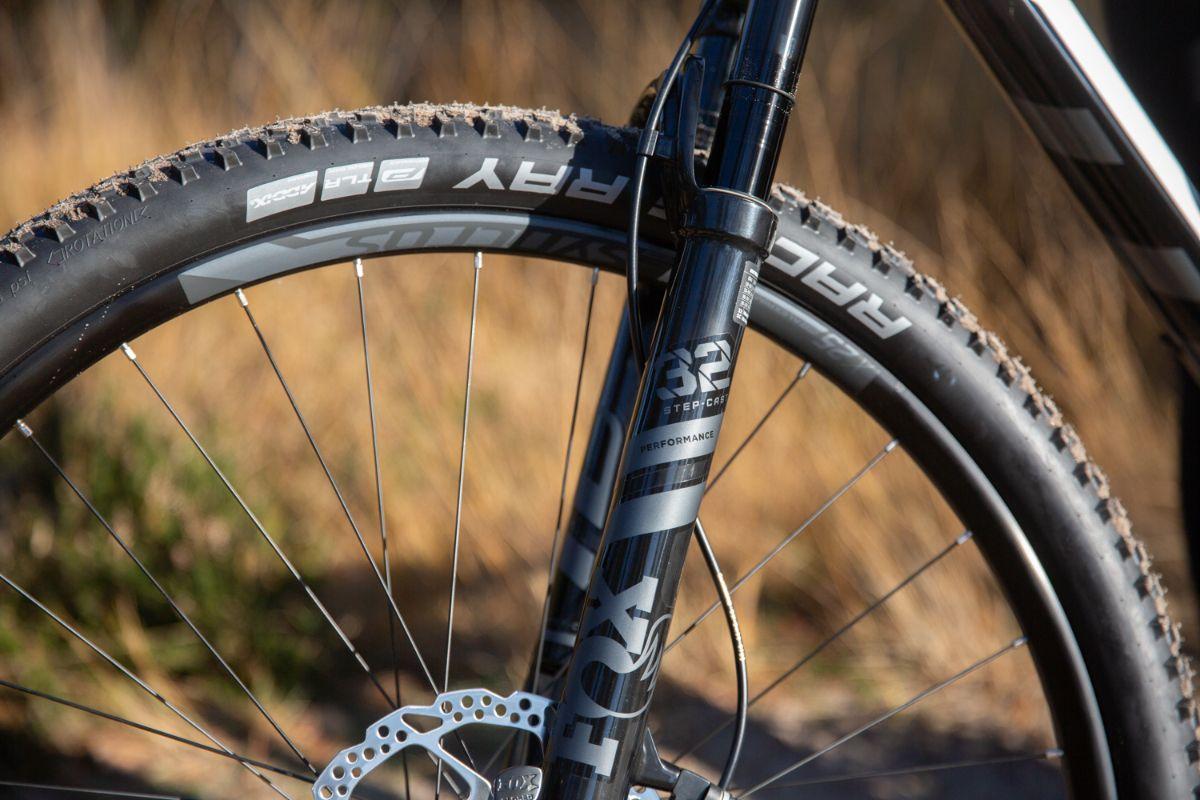
In a wire bead tyre, the bead has a single thick steel wire. This makes the tyre sturdy, but also stiff and somewhat more difficult to fit onto the rim. Today, more and more tyres, even cheaper MTB tyres, become folding tyres.
In addition to opting for folding or wire bead tyres, it is particularly important to decide whether you want to ride tubeless or not. In any case, riding tubeless is becoming more and more popular because of its advantages. Usually, you only have the option of riding with folding bead tyres.
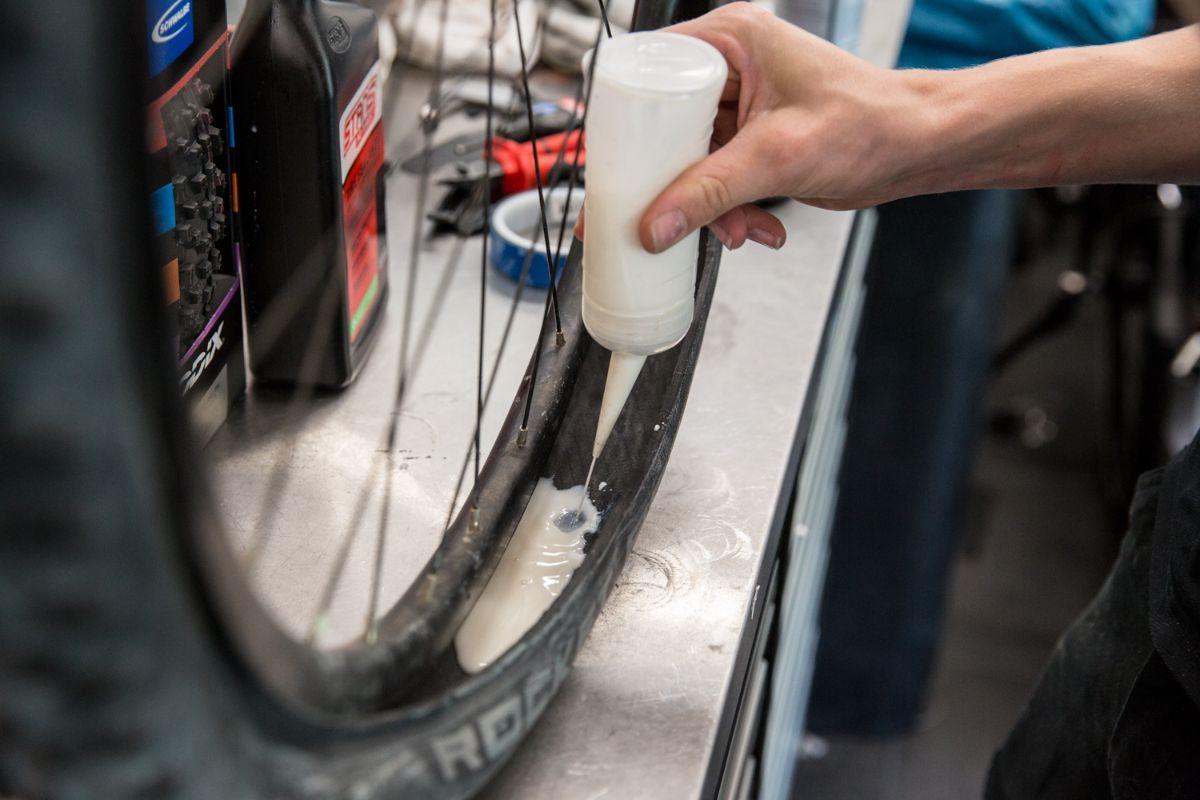
Tubeless tyres have lower rolling resistance and are more puncture resistant. The only disadvantage is that tubeless MTB tyres are a bit more expensive than non-tubeless tyres. In addition, your mountain bike wheels must be Tubeless Ready.
Installing tubeless MTB tyres is relatively easy, once you have mastered the trick. In addition to a tubeless MTB tyre you will also need liquid latex and tubeless valves, so bear this in mind when purchasing a tyre.
Mees Janssen
I am very occupied with everything that has to do with cycling in my spare time. The fact that I get to do this during my job as well makes it all the more special. Since I live in Arnhem, I like to go cycling in my “backyard” (de Posbank) with my road bike or mountain bike. Besides cycling myself, I also love to watch professional cycling on the tv. My television is doing overtime during the summer, because I like to follow all the big cycling tours like the Giro, the Tour de France and the Vuelta. It may come as no surprise that when the Giro d´Italia crossed Arnhem in 2016, I was over the moon!
Related posts

Winter shoes for cycling on chilly, cold and ice cold days [Buyer’s Guide]
13 December 2022You demand more from your cycling shoes during winter. Few things are as uncomfortable as riding with cold feet ...
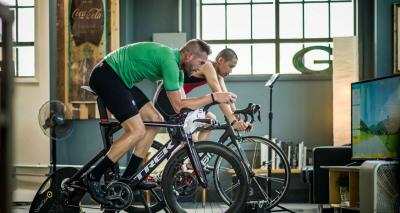
Turbo Trainers 2018-2019 - Which Trainer Best Suits Your Needs? [Buyer’s Guide]
13 October 2022Want to cycle with and against fellow cyclists using a turbo trainer at home? Thanks to the rise of Zwift that’s ...
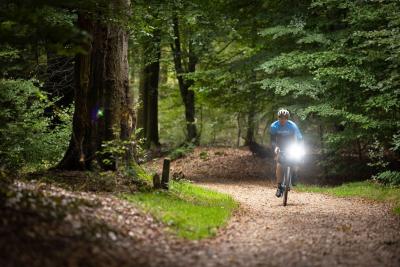
Bike Lights Buyer’s Guide 2022-23: Be safe on the road!
27 September 2022Having bike lights might be the easiest and most important way to be safe whilst cycling ...
 Nederland
Nederland België
België Deutschland
Deutschland United Kingdom
United Kingdom Finland
Finland Ireland
Ireland Luxembourg
Luxembourg Portugal
Portugal Poland
Poland Österreich
Österreich France
France España
España Italia
Italia Sverige
Sverige Danmark
Danmark




















































































































































































































































